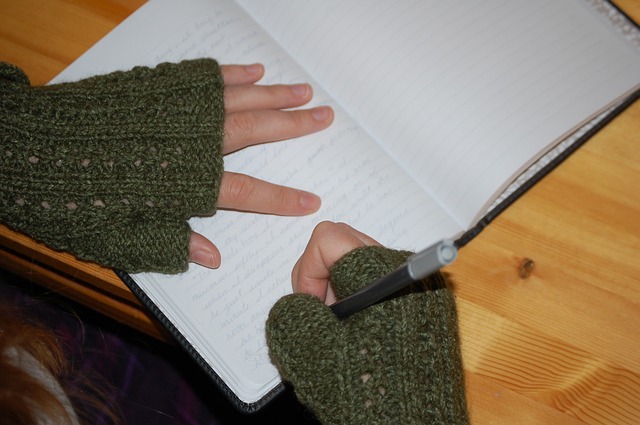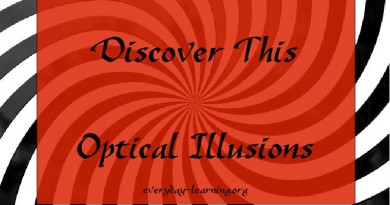Don’t Write an Essay, Write a Really Good Thesis Statement

Writers, especially inexperienced ones, often feel overwhelmed by the thought of writing an essay. It’s so big and long and SCARY. How will I ever get all those words out?
One of the best tricks I know is to stop thinking about the essay as a whole and, instead, focus very narrowly on the thesis statement because the thesis is the boiled-down main idea in its clearest form. If you write a good thesis statement, the essay will flow much more easily.
So many of the struggles that writers have stem from not spending enough time and energy crafting the thesis statement. In fact, for a relatively inexperienced writer who is writing a short essay, I usually recommend spending as long on the thesis as he or she spends on the rest of the paper combined. No kidding.
Why spend so much time on one little sentence? Well, consider the long list of jobs that a thesis statement must do.
- Main idea
- Road map/outline
- Debate starter
- Interpretation and analysis of facts
- Essay length limiter
- Evidence relevance test
- And so on …
A good thesis statement is not something anyone – especially a new writer – is going to slap together in a few minutes.
Read the Assignment
To start writing a thesis statement, recognize the necessary boundaries of your work. If you’re writing a letter to the editor for the local paper, for example, you can’t write a 10,000-word diatribe. If you’re assigned a ten-page essay about Hamlet, you’ll probably have to do more than analyze one word that’s used only once in Act 1, Scene 1.
Review the Evidence
For a literature or history class, this generally means looking back at your notes and checking the original sources for what caught your eye. What made you want to ask the author a question? What confused you or challenged you? What surprised you? A common mistake that new writers make is thinking that writing about something simple and obvious will make the essay easier to write, but the opposite is true. Wrestling with interesting ideas makes the thinking harder, but it makes the writing easier. It’s hard to find something smart to say about something obvious. Complicate things early on.
If the essay is not asking for literary analysis, but some other sort of argument, then the evidence-gathering phase may be much longer and more challenging. Independent research may be necessary. Evaluating the reliability of sources is key. Becoming familiar with all viewpoints on an issue is necessary to avoid blind spots in your argument. As with the literary essay, the writing will be easier if you complicate things in the idea-forming phase. Remember, the thesis grows out of the evidence, and so you must examine the evidence.
Think
Come up with some good ideas. Using idea-formation tools like brainstorming, freewriting, and idea-mapping can help.
Draft a Thesis Statement
Remember that at this point, you’re just dating any thesis you write, not marrying it. Don’t get too attached, because your thesis might have to change, sometimes significantly. That’s normal and desirable. It means the writer is thinking hard and adapting the argument to suit the evidence. That’s smart!
A strong thesis statement:
- is one, unified idea. It is clear and focused. Keep the “ands” to a minimum in your thesis statements. If you find you’re tacking things on to the end, you may need to keep crafting.
- is polite and intelligent, but it’s also fighting words. It should say something that a reasonable person might not necessarily think is right or true, at least not at first blush. “Dorothy is the protagonist of The Wonderful Wizard of Oz” is a wimpy thesis statement because even people who haven’t read the book wouldn’t argue the point. “In The Wonderful Wizard of Oz, Dorothy uses rebellion to change the world of Oz” is a much better start.
- matters. If someone who reads it would say, “So what? Who cares?” then it’s not a strong thesis statement. “A word on page 27 is misspelled” is not a strong thesis statement because you haven’t told us why that’s important. If the spelling of the word changes the word’s meaning in a way that affects how we should interpret the entire work? Then tell us that. That’s your thesis because that’s important.
- isn’t merely the topic of your paper. “This essay is about freedom of speech” is an unnecessary commentary on the topic of the paper, not a thesis statement.
- isn’t merely factual. It’s persuasive. It doesn’t just talk about the plot of a literary work or state facts about some issue. It takes a stand. What should we learn from your essay? You should act as the teacher, interpreting the literary work or the issue for your reader, and the thesis should announce your lesson plan. Consider the views of people who might disagree with you. What evidence supports their view? Why is your position a better choice? What evidence is likely to persuade them that you are right?
All of this to write one sentence? Yes! But the rest of the essay will be so much easier to write.




The principle purpose of the introduction is to present your position (this is also known as the “thesis” or “argument”) on the issue at hand but effective introductory paragraphs are so much more than that. Before you even get to this thesis statement, for example, the essay should begin with a “hook” that grabs the reader’s attention and makes them want to read on. Examples of effective hooks include relevant quotations (“no man is an island”) or surprising statistics (“three out of four doctors report that…”).
Only then, with the reader’s attention “hooked,” should you move on to the thesis. The thesis should be a clear, one-sentence explanation of your position that leaves no doubt in the reader’s mind about which side you are on from the beginning of your essay.
Following the thesis, you should provide a mini-outline which previews the examples you will use to support your thesis in the rest of the essay. Not only does this tell the reader what to expect in the paragraphs to come but it also gives them a clearer understanding of what the essay is about.
Finally, designing the last sentence in this way has the added benefit of seamlessly moving the reader to the first paragraph of the body of the paper. In this way we can see that the basic introduction does not need to be much more than three or four sentences in length. If yours is much longer you might want to consider editing it down a bit!
Here, by way of example, is an introductory paragraph to an essay in response to the following question:
“Do we learn more from finding out that we have made mistakes or from our successful actions?”
An evaluation essay is basically an analysis of a topic, book, or article. It summarizes the material, and then it gives evidence for the argument. Transition sentences are important between the evidence provided. Each paragraph should have a main sentence that ties with the thesis.
Essay writing can be a dance. You don t have to stay in one place and write from beginning to end. Give yourself the freedom to write as if you re circling around your topic rather than making a single, straightforward argument. Then, when you edit, you can make sure everything lines up correctly.